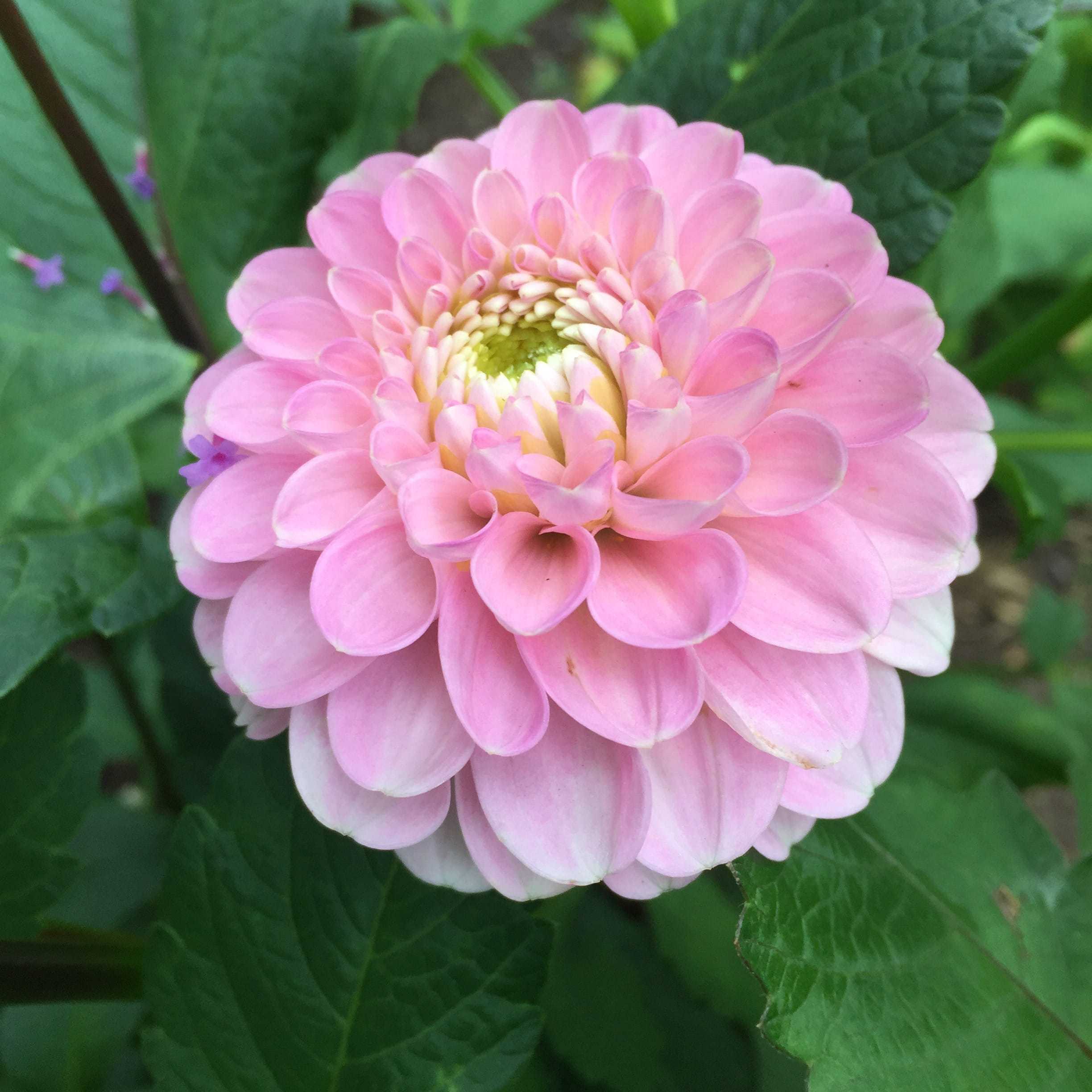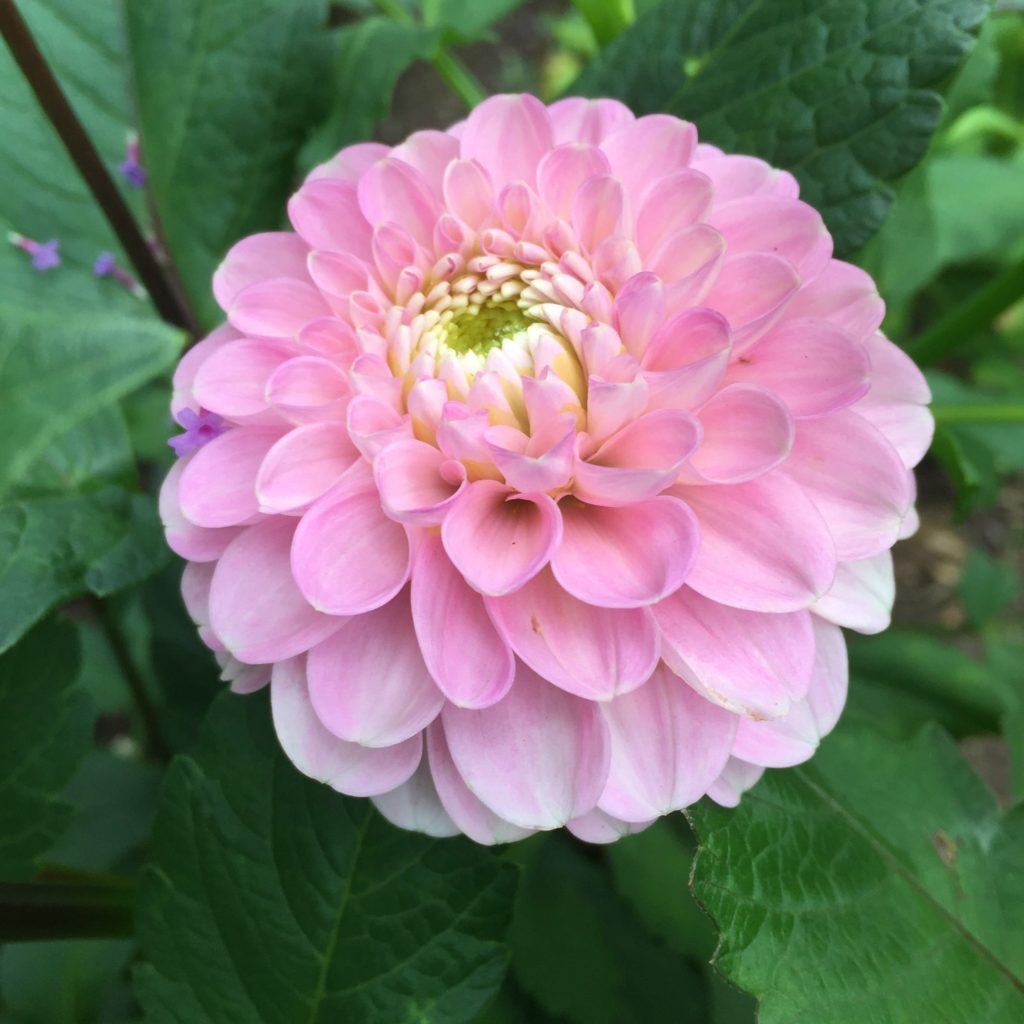You just know it’s coming. You’re never sure when, but it always arrives and it’s never welcome.
The “it” I’m referring to is a killing frost, that stage in the gardening cycle that sets a series of tasks in motion — storing fragile outdoor pots, giving the lawn one last trim and turning off the outdoor water taps. It’s also a signal that it’s time to dig and store dahlias if you plan to save tubers for next year. And by killing frost, I mean a night of prolonged below-freezing temperatures that turn above-ground perennial and annual leaves and stems to mush, not a patchy light frost that lands on a few plants in early fall.

I’m not an expert dahlia grower, just an enthusiastic one. Over the years, we’ve tried a few methods for storing tubers over winter. (I say “we”, but it’s Michael who does the digging and storing.) One year, we tried the cold cellar in the basement, but it was too warm. By late winter, long, pale stems had sprouted on most of the tubers (they were breaking dormancy too early). Another time, we placed tubers in layers of newspaper in a large cardboard box in our unheated, attached garage. Most shrivelled from dryness or cold or a combination of both. Recently, we’ve been storing them buried in peat moss in large plastic bins (open at the top) on a shelf in the garage. Success rate has been good, but we haven’t experienced a brutally cold winter while using this method.
I’m describing our dahlia storage experiments here not to elicit sympathy or illustrate ineptitude, but to reassure you that it isn’t always easy to replicate the perfect storage conditions in a home setting that tender tubers require. What works one year might not the next, and the health of the tubers going into storage can also be a factor in how well they store. Regardless, dahlias are worth the effort and it’s quite satisfying to uncover plump, healthy tubers the following spring, eager to be replanted another year.
I’ll be reviewing the article “How to divide and store dahlia tubers” once frost blackens our dahlias. For those of you looking for advice on how to overwinter begonias, canna lilies, gladiola, and other tender corms and tubers — as well as dahlias — consult “4 steps to overwinter tender plants,” which includes a helpful chart.
Is that hay or straw?
If you have livestock, you’re interested in good hay, but if you’re a gardener, it’s straw you’re after. Often the labels are used interchangeably — your seat on a hay ride is a bale of straw, not hay.
Hay is nutritious for animals because it contains leaves and seedheads, but those can wreak havoc in a garden when they sprout, which is why straw is a good option for mulching, especially in vegetable beds. Straw is the waste product of wheat, and it’s readily available at garden centres and co-ops as people decorate for fall.
Gardening in straw bales — planting directly in the bales — is a popular technique that has its critics and proponents. More on this method of growing at Savvy Gardening and Garden Myths.
Save a few hydrangea heads
Drying hydrangea blooms is easy, and a few stems make a lovely arrangement on a hall table or can be used to decorate a wreath. “How to dry hydrangeas” describes the method I use each year.
Trees social distance, too
Social distancing is a new reality for us, but the article “Trees Have Their Own Way of Social Distancing” explains how trees have been practicing this for millenia for some of the same reasons we do: to protect themselves from diseases, as well as pests, and severe winds and storms. It’s called “crown shyness,” and is most prevalent and noticeable in old-growth forests.
“We’re starting to be aware of the complex communities that older trees provide for the world, for the health of our planet,” says Margaret Lowman, a forest canopy specialist who has done research for the Smithsonian Tropical Research Institute. “Old trees support whole communities, they store carbon more than young trees. I think that the more people use trees as mentors and inspiration — going out into nature and seeing how trees cope and thrive, regardless of different situations — the better it is for all of us.” Agreed.









